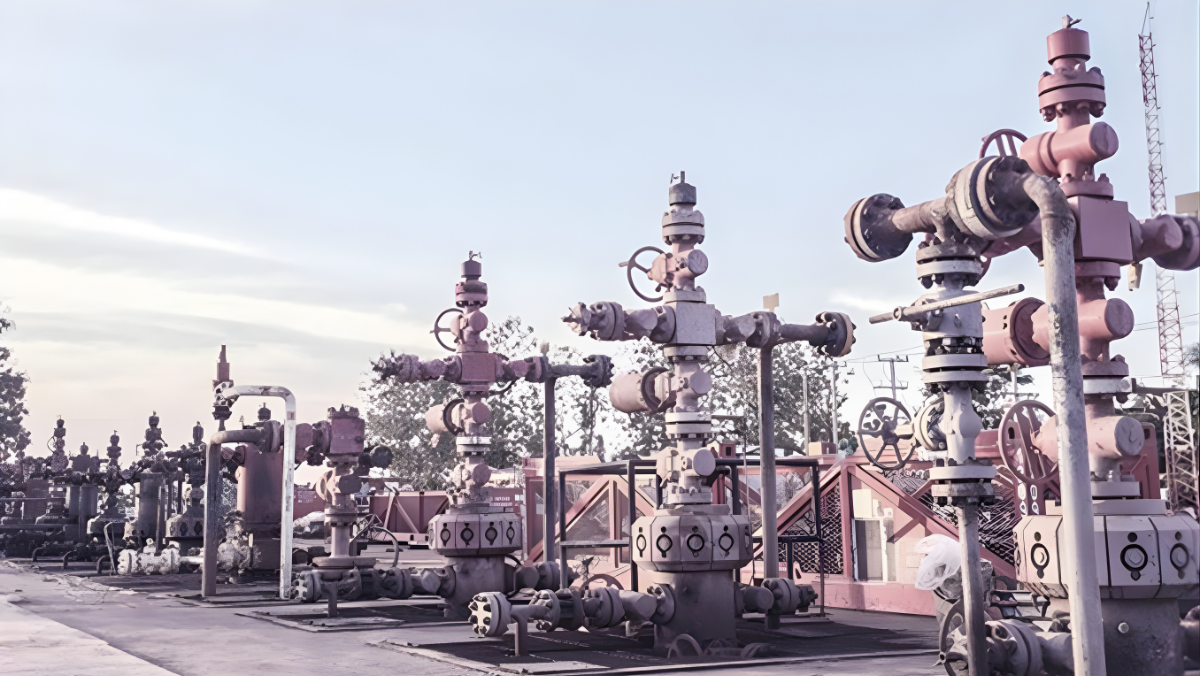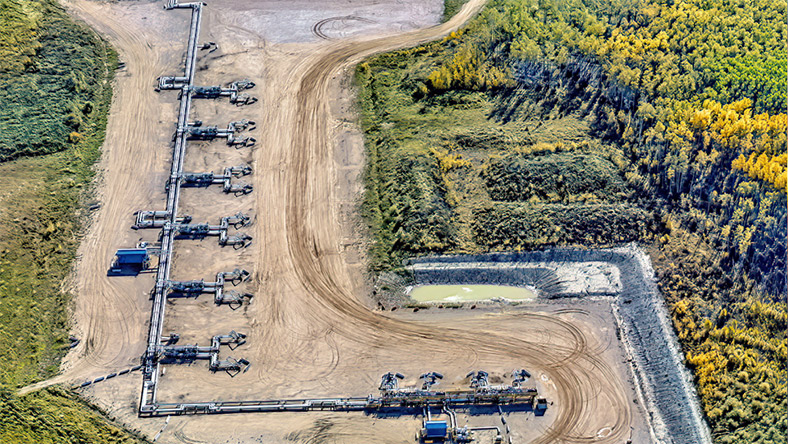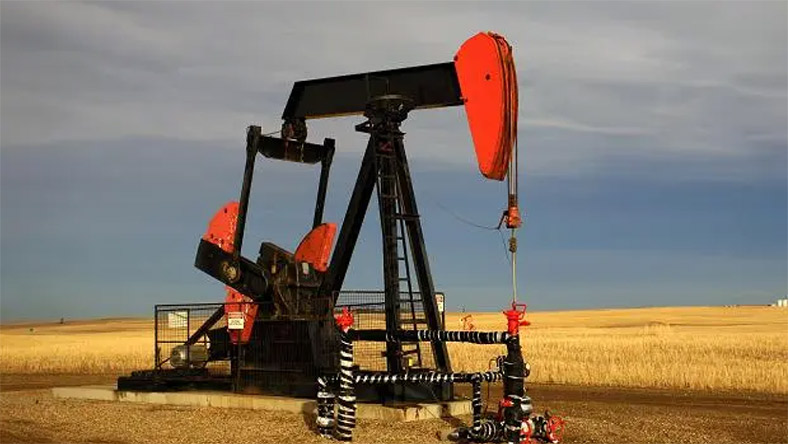MARKET TRENDS
Automation Becomes the Backbone of Canada's Energy Future
Tourmaline and Cenovus turn to smart lift systems to steady output and weather disruptions.
4 Aug 2025

Canada's energy sector is advancing into a new era where automation is not just an efficiency tool but a strategic imperative. Faced with record volumes, global supply commitments, and climate-driven disruptions, producers are increasingly turning to automated lift-optimization systems to keep wells running smoothly with minimal human intervention.
Tourmaline, Canada's largest natural gas producer, underscores this shift. In July, the company reported second-quarter average production of about 621,000 barrels of oil equivalent per day, a scale that demands precision and reliability. Manual adjustments across thousands of wells are no longer practical. Automated lift systems offer real-time control over flow rates and continuous diagnostics that help mitigate downtime.
Cenovus highlighted the stakes from a resilience perspective. The company recently lowered its 2025 upstream production forecast to 805,000-825,000 boe/d, citing wildfire-related shutdowns and a casing failure at its Rush Lake facility in Saskatchewan among the drivers. In the second quarter of 2025, upstream output averaged 765,900 boe/d, down from roughly 800,800 boe/d a year earlier amid maintenance and offshore turnarounds. For operators navigating these headwinds, automation and remote optimization are increasingly seen as tools to stabilise output and reduce disruption.
Calgary-based Ambyint is among the technology providers enabling this trend. Its plunger-lift platform, InfinityPL, targets autonomous setpoint adjustments aimed at reducing inefficiencies and downtime and has reported production lifts in the low-single-digit range. Some Canadian producers, including Tourmaline, are said to be piloting or deploying such approaches in select fields. Independent, third-party validation at scale is still developing, so the most accurate framing is that Al-enabled lift optimization is a growing industry direction with encouraging early results.
A complementary shift is emerging in commercial models. Rather than buying equipment or software outright, some producers are exploring performance-based contracts that tie payments to measurable outcomes, such as higher production or reduced downtime. While still early, these structures align incentives and can accelerate adoption when results are demonstrable.
Critics caution that heavy reliance on automation introduces new risks: software faults, integration challenges with legacy assets, cybersecurity concerns, and the potential for reduced operator oversight. Even so, for producers under pressure to meet volume targets and environmental goals, the stability and agility promised by automated lift solutions are compelling.
Bottom line: Automation is rapidly becoming foundational to reliability and performance in Canadian oil and gas. What began as niche optimization tools is now shaping how wells are managed, with smarter systems helping operators deliver steady production in an unpredictable world.
Latest News
10 Nov 2025
New Force Rises in North America’s Artificial-Lift Game22 Aug 2025
Can Shrouds Be the Fix for Gas-Prone Wells?14 Aug 2025
Local Hubs, Faster Fixes: Inside Alberta's Service Network4 Aug 2025
Automation Becomes the Backbone of Canada's Energy Future
Related News

INSIGHTS
10 Nov 2025
New Force Rises in North America’s Artificial-Lift Game

RESEARCH
22 Aug 2025
Can Shrouds Be the Fix for Gas-Prone Wells?

INSIGHTS
14 Aug 2025
Local Hubs, Faster Fixes: Inside Alberta's Service Network
SUBSCRIBE FOR UPDATES
By submitting, you agree to receive email communications from the event organizers, including upcoming promotions and discounted tickets, news, and access to related events.